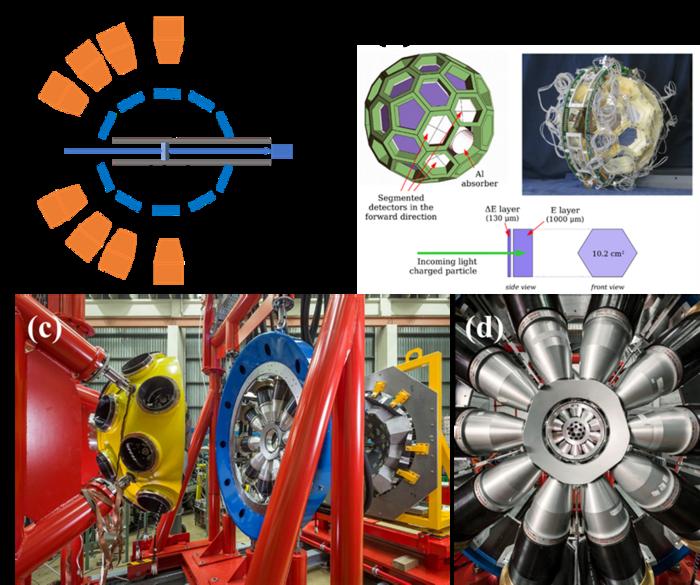Nuclear fusion is one of the most powerful reactions known to mankind. It is the process that powers the Sun and stars, and results in high-energy output. However, achieving nuclear fusion in laboratory environments is quite challenging as it requires extreme conditions of temperature and pressure.
A new study reveals a more practical alternative to nuclear fusion. It shows that single-neutron stripping can produce results similar to or greater than a fusion reaction, especially in low-energy regions near the minimum energy threshold required for a nuclear reaction.
Neutron stripping is a reaction in which a neutron from a moving nucleus is ejected as it strikes another nucleus. It is like dropping a ball (neutron) from a moving box (nucleus) when it hits another box. This leaves the box moving with one less ball.
Compared to nuclear fusion, nuclear stripping is much easier to achieve in the laboratory. Therefore, these findings open a new and feasible path for achieving our nuclear energy goals.
“By better understanding the behavior of nuclei under these conditions, we can improve our approaches to nuclear energy production and radiation therapy,” said Jesús Lubián, one of the study’s authors and an associate professor at Brazil’s Fluminense Federal University.
Decoding one-neutron transfer

One-neutron stripping is a type of one-neutron transfer reaction. During the latter, the ejected neutron (from the moving nucleus) is absorbed by the target nucleus.
For decades, scientists have tried to understand the mechanism that leads to the transfer of neutrons in weakly bound nuclei. It is important to decipher this mechanism as it can greatly improve our understanding of nuclear physics, including various nuclear reactions.
The authors of the study conducted an interesting experiment for this purpose. They studied the one-neutron stripping process between Li-6 (an isotope of lithium) and Bi-209 (an isotope of bismuth). He then compared his output to that of the complete fusion reaction involving the same isotopes.
They used the GALILEO array (a gamma-ray detector) in combination with the 4π Si-top EUCLIDES (an advanced laser detector) to study gamma-ray emissions and detect charged particles during reactions.
They also used a special method known as gamma-gamma coincidence to study the different gamma rays identified in single-neutron stripping. “The gamma-gamma coincidence was crucial in isolating specific reaction channels, allowing the team to determine the behavior of nuclei under different conditions with high precision,” the researchers note.
The results of neutron transfer between Be and Li surprised the researchers. Here’s what they found:
Annihilation with a neutron has tremendous potential
In the aforementioned reaction, the weekly bound Li-6 collides with the much heavier Bi-209. The result of this interaction shows that one-neutron transfer is capable of producing output similar to that of a fusion reaction.
“The one-neutron stripping process gives results comparable to those of full fusion reactions, especially in the energy regions near the nuclear barriers. Contrary to previous expectations, the results show that single-neutron transfer plays a dominant role at lower energies, exceeding the production of fusion reactions,” the authors of the study said.
These findings may open up new possibilities for the use of single-neutron transfer in fields such as nuclear energy research.
“The process underscores the complex and nuanced nature of nuclear reactions, providing a cornerstone for future scientific advances in nuclear science and technology,” the study authors added.
The study is published in the journal Nuclear Science and Technology.
ABOUT THE EDITOR
Rupendra Brahmbhatt Rupendra Brahambhatt is an experienced writer, researcher, journalist and filmmaker. With a B.Sc (Hons.) in Science and PGJMC in Mass Communication, he has actively worked with some of the most innovative brands, news agencies, digital magazines, documentary filmmakers and non-profits from different parts of the globe. As an author, he works with a vision to bring forward the right information and encourage a constructive mindset among the masses.